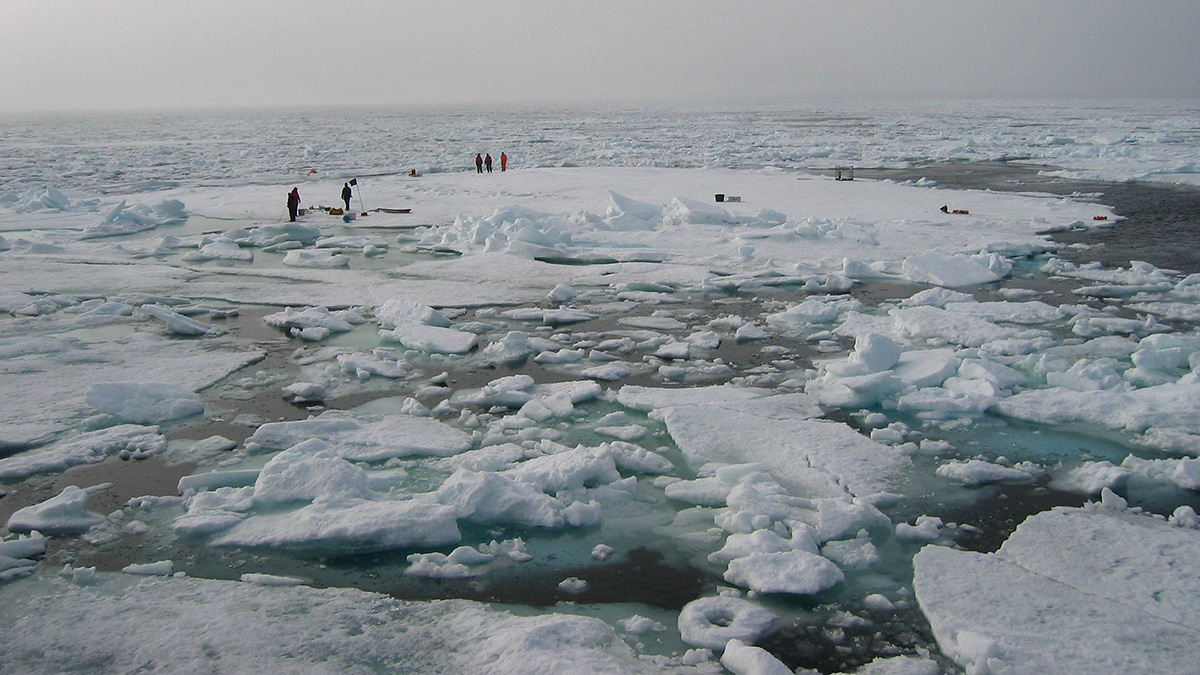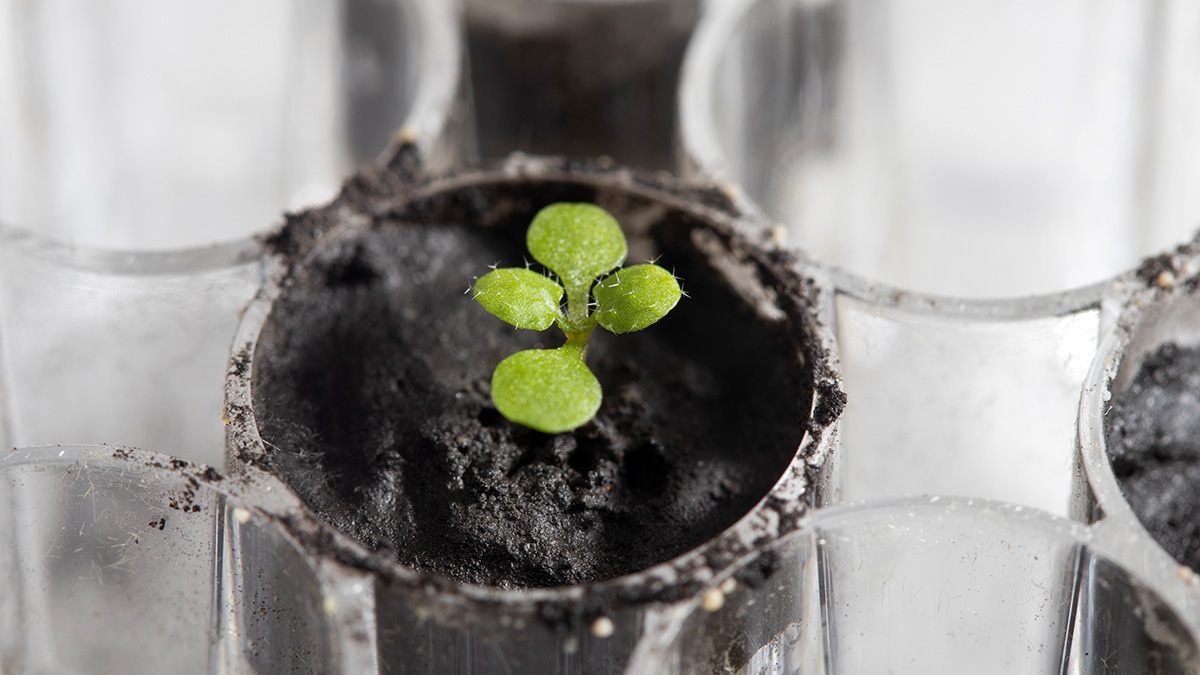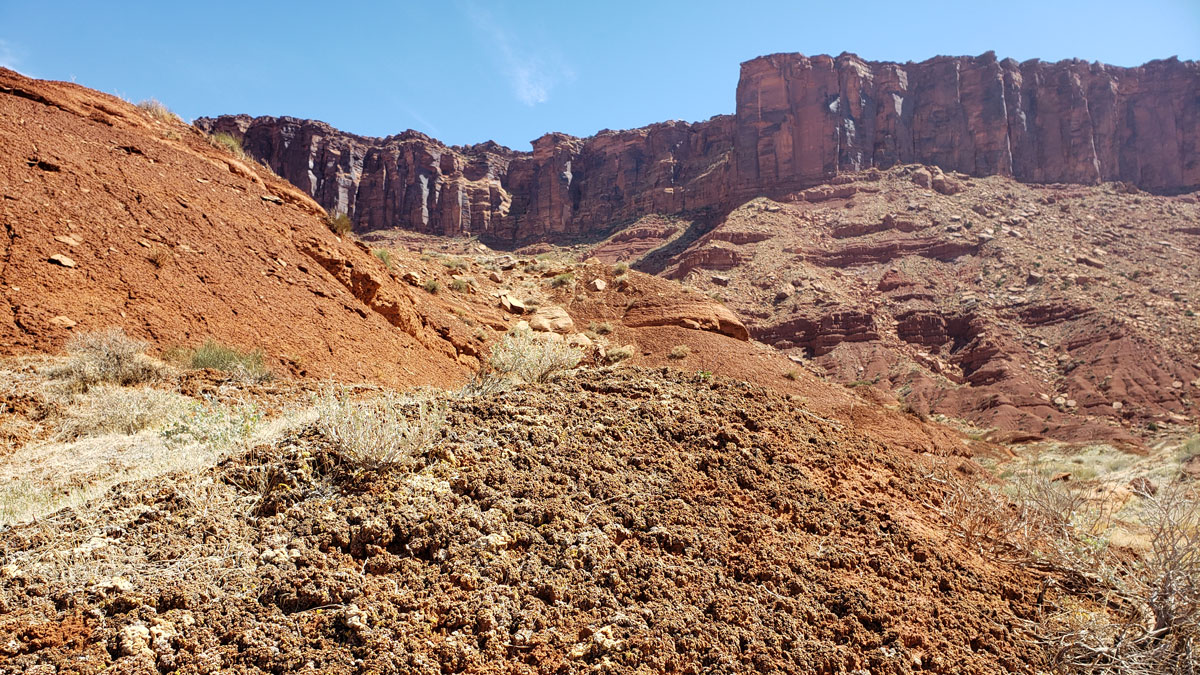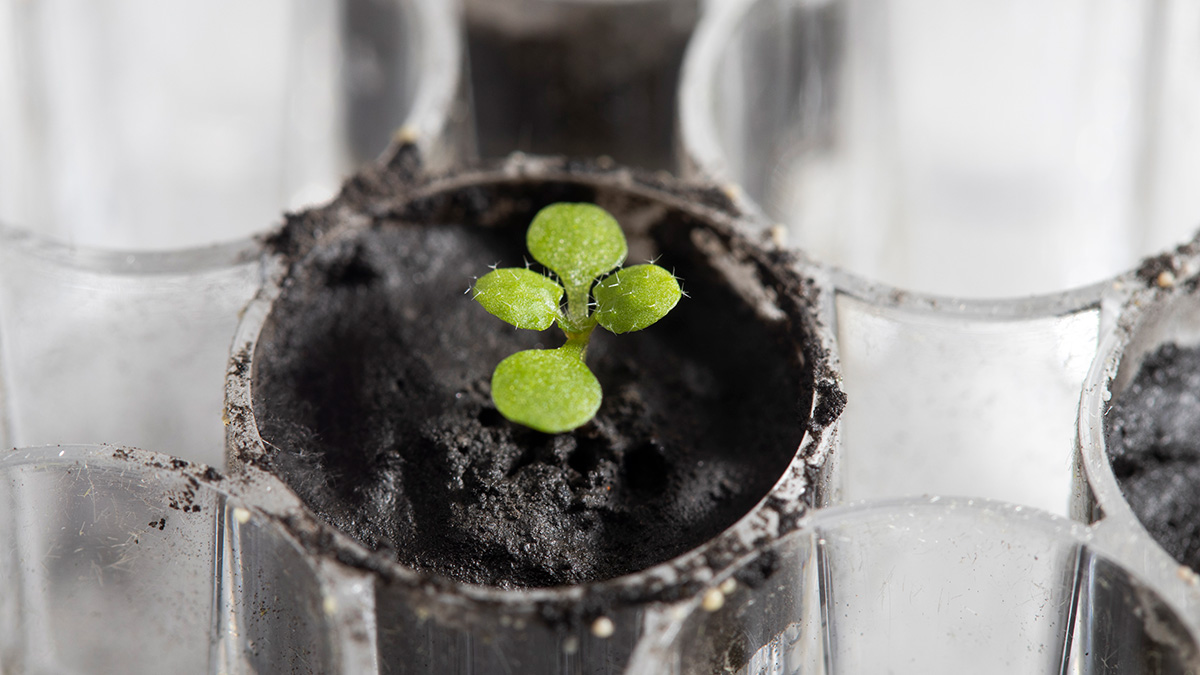An upward trend in fossilized charcoal indicates that wildfires may have contributed to extinctions during the Great Dying.
biogeosciences
Seashells and Penguin Bones Reveal Thwaites Glacier’s Quiet Past
Antarctica’s Thwaites and Pine Island Glaciers are melting faster than they have in the past 5,500 years, new evidence shows. Against expectations, their pasts have been remarkably stable.
How Forest Structure Drives Productivity
Data from northern Wisconsin forest sites uncovered that vertical heterogeneity metrics are the most influential factors underlying rates of photosynthesis.
Algal Mats May Be a Key to the Arctic Food Web
Melt ponds in sea ice have thriving algal communities with startlingly high levels of photosynthetic activity.
Reevaluating Ecosystems on the Basis of Climate Change Vulnerability
Climate change elevates the risk category of ecosystems across the United States, a new study finds.
Without Deep Emissions Cuts, Marine Species Face Mass Extinction
On the basis of how much oxygen marine species need and how much is available, researchers predict extinctions comparable to those at the end of the Permian under a business-as-usual emissions scenario.
El suelo lunar permite cultivar plantas
Plantas cultivadas en regolito lunar recolectado por las misiones Apollo crecieron con éxito desde la semilla hasta el retoño, brindando así información sobre las futuras perspectivas de la agricultura lunar.
Climate Change Leads to Decline in Lichen Biocrusts
As summer temperatures continue to rise, important biocrust-forming organisms in the American Southwest may be lost.
Lunar Soil Can Grow Plants
Plants grown in lunar regolith collected by Apollo missions successfully grew from seed to sprout, lending insight into future lunar agriculture prospects.
After a Hurricane, Coastal Systems Draw a Line in the Sand
A new study finds nature can’t have it both ways: On the basis of thousands of case studies from dozens of hurricanes, there’s always a trade-off between resistance and resilience.










